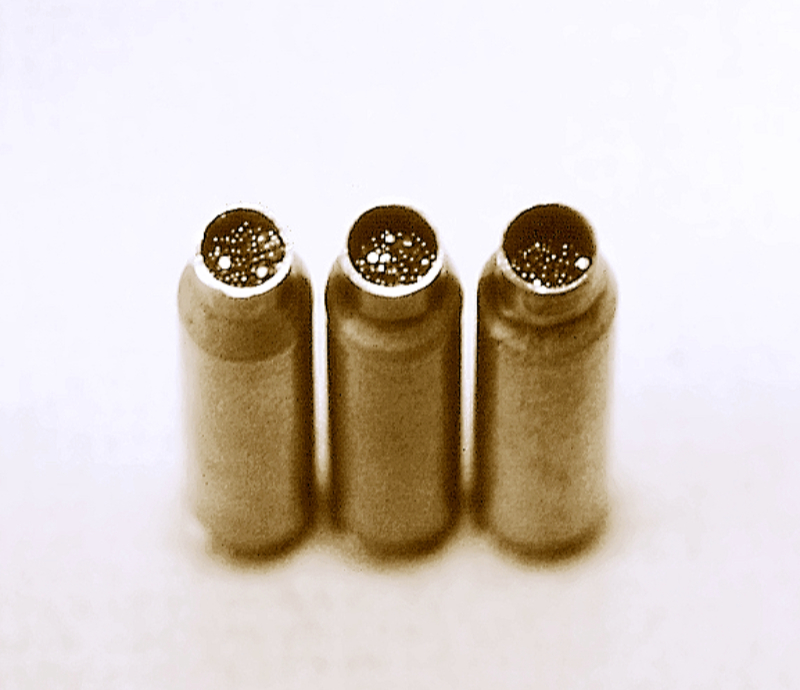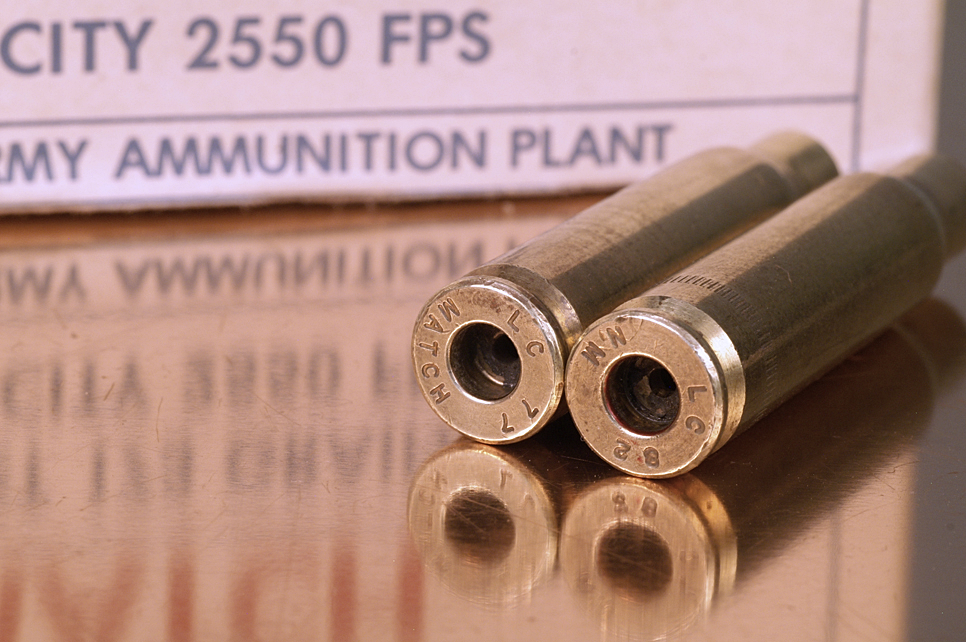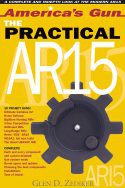It’s not all the same! Depending on needs and application, there are three decisions that can have an impact on your satisfaction. READ MORE
Glen Zediker
Last time I offered a few ideas on loading the same cartridge for use in different rifles. Essential message in that was, in one word, “compromise.” There’s some give and take when we’re trying to please more than one at time, as such is life…
Choosing cartridge cases is a little, to a lot, the same. Different rifles, different action types, different uses, different budgets, all suggest input that helps determine what works best, all around.
There are three things to consider, maybe four.
One is the action type. Semi-autos need “tougher” brass. That, overall, means “harder,” not necessarily thicker. Due to the resizing requirements for good function, which means a little “more” in all areas, there’s likewise more expansion in each subsequent firing. Brass made of harder alloy is less, not more, susceptible to failures — by my experience. Considering the elastic and plastic properties of brass, harder exhibits a little less effect from each.
I prefer harder composition brass for a bolt-gun too. Most NRA High Power shooters do. Reason? It runs better! There’s less “stickiness” in running the bolt for rapid-fire events.
Two: case capacity. They are not nearly all the same! My experience has shown me that more capacity is better, and that’s especially if we’re wanting to edge toward max-pressure loads. Even though the pressure generated inside the case using more (larger case volume) or less (smaller volume) may get to the same level, there is usually more net velocity (at the same pressure) when there’s more room in the case. If it didn’t matter then other things done to expand case capacity (like shoulder angle changes) wouldn’t matter either.

Three: Precision standards. What do you expect, what are you willing to do to get it? After enough experience with enough different brands, that is a legit question. Some brass is “better” out of the box. Cost usually reflects on initial quality. Paying a premium for premium quality, which is three things: consistency, consistency, and consistency. That consistency will primarily, or at least measurably, be in wall thicknesses. The choice there is to buy it or make it. That choice is a balance between effort, value of time, and proven results.

After using enough different brands with varying levels of costs and claims, I think the most honest thing I can tell you is that you’ll likely end up with the overall “best” brass case you can have shopping in the middle, plus a little, and then getting to work on it. A good commercial “name” brand can be made at least effectively close to the dimensional equivalent of a premium brand, like Norma, but it’s not without effort.
Before spending any time weighing or otherwise sorting cases, do all the prep work you plan beforehand. If any prep involves material removal, even trimming, that influences weight accuracy and, therefore, the viability of segregation by same.
Recommendations?
Yes. And no.
About the time you decide there’s some certain way some certain thing is, they up and change it. I avoid making too many lumped-together, generalized statements about particular brands because of that. However! I can tell you that some of the “better” brands of brass also tend not to hold up as well, or won’t if there’s much working load to load (expansion, sizing). I’m thinking here of the better-known European brands, like Norma and Laupua. Those are near about dimensionally flawless out of the box, but they tend to be a little on the thick and soft side. I use Norma in my .22 PPC because the cost is worth it. If I drive from Mississippi to New Mexico to shoot a match, that’s the least of my expense.

This is also the reason that every serious competitive shooter I know says to buy up as much of one lot as you can, if you know it’s good stuff. That’s for all components.
Sometimes brass chooses you!
As said last time on the “Multiple Gun” loads, if you’re mixing brass things like case volume do factor. As also suggested then, the best solution is to pick a load that’s in around the 80- to 90-percent range of max. I mix brass all the time. I shoot quite a lot of factory ammo and, yes, I save each case we can retrieve. I clean them all, size them all, and fill them with a “compromise” load I worked up for can blasting. The need for those excursions is not quarter-minute precision.
If you’re looking to save as much as you reasonably can and still get “good” cases there’s honestly nothing wrong with Lake City. The more recent production 5.56 measures pretty well, and it’s tough, and relatively high-capacity. I sho can’t vouch for any other headstamp on mil-spec ammo beyond “LC.” However! I suggest purchasing it prepped. Avoid “range dump.” A big issue with once-fired is which chamber it was first-fired in. Avoid .308 Win. (7.62 NATO)! You DO NOT want to deal with M60 or Minigun leftovers.

Start HERE on Midsouth. Great deals! Great brass!
Glen’s books, Handloading For Competition and Top-Grade Ammo, are available at Midsouth HERE. For more information about other books by Glen, visit ZedikerPublishing.com
Glen’s newest book, America’s Gun: The Practical AR15. Check it out HERE!










